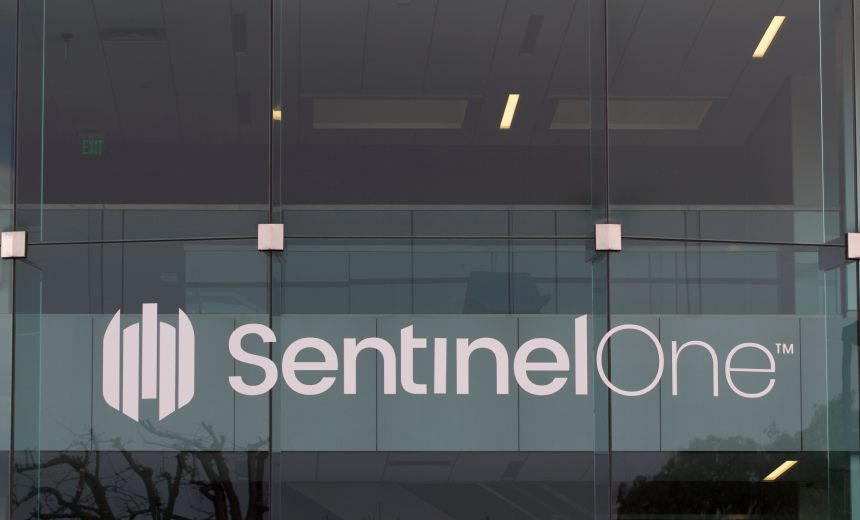Incident & Breach Response,
Security Operations
XDR Provider Experiences Extended Outage, Commits to Root Cause Inquiry

Cybersecurity firm SentinelOne experienced a significant service interruption on Thursday, severely affecting software updates and monitoring capabilities for its customers. The disruption began around 14:00 UTC (7:00 AM Pacific Time) and impacted various aspects of the company’s extended detection and response (XDR) services, which encompass endpoint management, network monitoring, and cloud applications.
Approximately six hours into the outage, SentinelOne communicated to clients, stating, “We are aware of ongoing console outages affecting commercial customers globally and are currently restoring services. Customer endpoints remain protected; however, managed response services lack visibility, with threat data reporting temporarily delayed.” The company assessed the situation and indicated that the outage was linked to an internal automation issue rather than a security breach.
Cybersecurity expert Kevin Beaumont noted on social media that the lack of access to managed response services hindered clients’ outsourced security capabilities. Despite the outreach, it highlighted a vulnerability in real-time monitoring systems that businesses heavily rely on for cyber resilience.
As of last September, SentinelOne reported nearly 13,000 customers. During the outage, services across the board — including endpoint protection, XDR, cloud security, identity management, and threat intelligence — were rendered inaccessible, as confirmed by an unofficial status monitoring site. Notably, the company does not provide a public-facing platform for monitoring service availability, leading to increased frustration among its clientele.
At 19:41 UTC on Thursday, SentinelOne announced that access to console services had been fully restored after the outage. A representative from the support team assured affected customers that the initial assessment indicated no security breach had occurred. The company promised a comprehensive review of the operational failure.
The disruption raised concerns among IT administrators, who were unable to connect to the cloud-based console. This inability meant that endpoints would not receive critical security updates. Some reports indicated that users could not reconnect to the service after being erroneously flagged, further exacerbating frustration, as highlighted in discussions on Reddit.
Custom detection rules utilizing the STAR (SentinelOne Storyline Active Response) framework were also rendered ineffective, owing to the requirement for continuous internet connectivity. This situation underscored the inherent risks associated with reliance on cloud-based security platforms. Notably, one administrator characterized the event as a SEV0 incident, which refers to a critical issue warranting immediate intervention, categorizing it as a severe failure impacting multiple clients.
While reports regarding the outage coincided with an AWS service health notification addressing connectivity issues in the AP-SOUTH-2 region, details regarding the timing did not align with those of the SentinelOne disruption. The incident creates a scenario where adversaries could capitalize on such operational vulnerabilities, employing tactics from the MITRE ATT&CK framework, specifically targeting initial access and disrupting privilege escalation processes.
As digital landscapes continue to evolve, this incident illustrates the paramount importance of robust incident response strategies and transparent communication channels between service providers and their customers. The potential for operational failures remains a compelling call for continuous improvement in cybersecurity measures.
